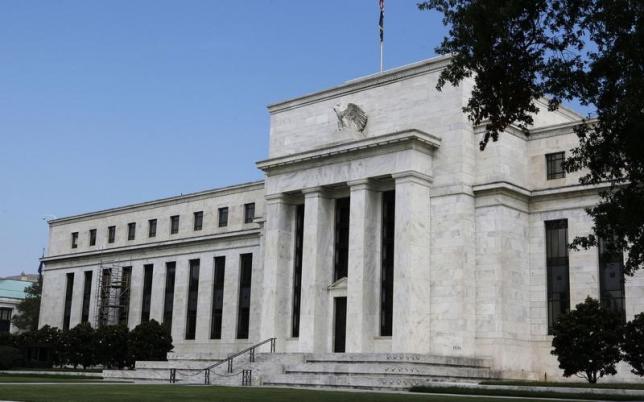US Federal Reserve Cuts Interest Rates as Inflation Eases

In a move anticipated by markets, the US Federal Reserve has cut interest rates by 25 basis points to a range of 4.50-4.75%, further aligning with its inflation target of 2%. This decision, reached unanimously, acknowledges an easing labor market and a slowing inflation rate.
The move marks the second interest rate cut since September, following a 0.5% reduction, and indicates a gradual approach to monetary policy adjustments. Federal Reserve members emphasized that these cuts should not be seen as a standard practice, but rather a response to current conditions that are showing signs of alleviation. While the labor market remains strong, with an unemployment rate still at relatively low levels, inflation has shown signs of converging to the Fed's target, prompting this controlled adjustment to interest rates.
The economic implications of Donald Trump's return to the White House and potential policies to boost growth—such as tariffs and tax cuts—remain a subject of interest. Jerome Powell, the Federal Reserve Chair, is likely to address these concerns as part of ongoing economic discussions, against the backdrop of an incremental approach to lowering interest rates. The announcement came in the context of steady expressions of cautious optimism from policymakers about the nation's economic health, tempered by awareness of global trade tensions and inflationary forces.
In the context of interest rate adjustments ahead of elections, it is notable that the Federal Reserve's action might be interpreted as cautious and active in assessing national economic prospects on the horizon. The discussion around interest rate adjustments will continue as policymakers engage in continuing assessments of US inflation rates and job market health, grappling with the best strategy going forward amidst expressing a cautious optimism.
The lowering of US interest rates in keeping with market expectations brings temporary relief and calms the nerves of investors looking for reassurance on the nation's economic path, thus coping with a lower risk prospect for a major economic downturn than initially feared.